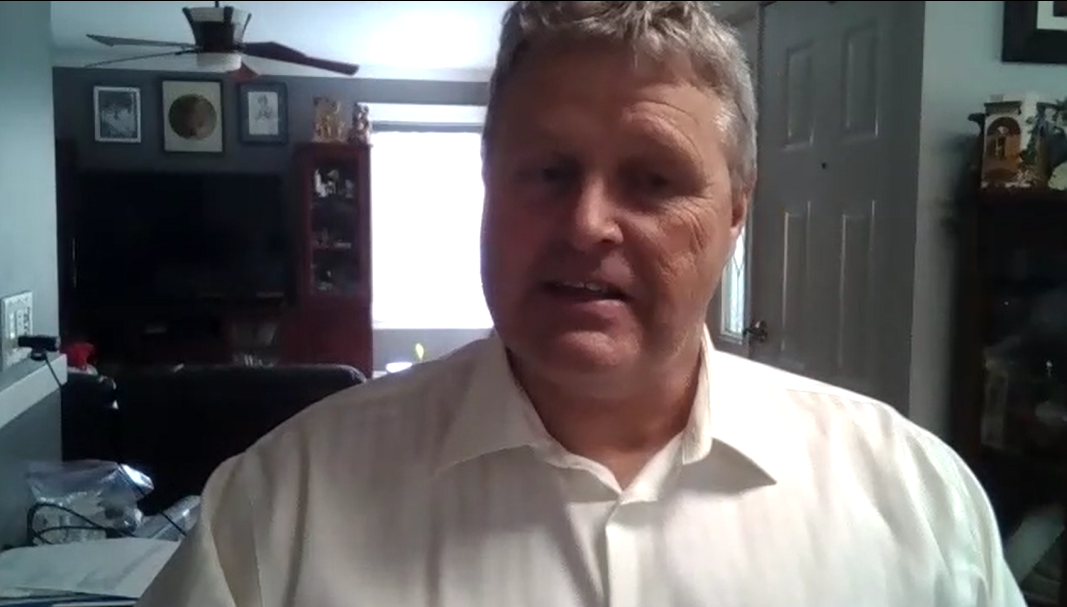Another rural Saskatchewan mayor is asking the province and Saskatchewan Health Authority (SHA) when local access to emergency services will return to his community and its residents.

“The hospital has been dormant, pretty much, for a year and a half other than the clinic in the basement,” Wolseley Mayor Gerald Hill told Global News Monday.
“We were told it’s a temporary measure. If this is temporary, I’d hate to see long-term.”
According to information posted on the town of Wolseley website, the emergency department closed on May 14, 2020 and some of its health-care workers redeployed elsewhere.
The change was made by the SHA to convert the hospital to “alternate level of care (ALC)” status amid efforts to cohort patients ahead of an anticipated surge in COVID-19 cases. ALC refers to “a patient that could be cared for in an alternate setting than an acute care bed because their condition does not require the daily attendance by a physician.”
“I know of a couple instances where people have said, ‘Well, we’re going to have to move a little closer to where we can see a doctor’ and they’ve done that,” Hill said, adding that the Wolseley hospital is attached to a long-term care home — the residents of which are now also without immediate emergency care.
“As far as morale in the community, and at the home, it’s terrible. My message to the government is if it ain’t working, fix it. Do what you need to do to get this thing fixed.”
- Life in the forest: How Stanley Park’s longest resident survived a changing landscape
- ‘Love at first sight’: Snow leopard at Toronto Zoo pregnant for 1st time
- Carbon rebate labelling in bank deposits fuelling confusion, minister says
- Buzz kill? Gen Z less interested in coffee than older Canadians, survey shows
Hill said that Indian Head, which is 20 minutes down the highway, is now the closest place patients can access emergency services.
Sometimes, though, people must travel even further to seek out urgent medical care.
“They have issues with staffing shortages as well,” he explained of the situation at Indian Head Union Hospital.
“There has been times where Indian Head has been put on bypass and then the nearest hospital is in Regina. If that’s the case then good luck.”
Regina is over an hour’s drive away from Wolseley.
Hill said that Wolseley’s ambulance service comes out of Grenfell and serves both towns (which have a combined population of over 2000, according to Statistics Canada) as well as First Nations in the area and the rural community. He calls the ambulance capacity, or lack thereof, yet another symptom of an under-resourced provincial health-care system.
“Our people are great but they’re not miracle workers. If they’re on a call, and there’s another call, again, good luck.”
Rural Health Minister Everett Hindley was asked for a response at the legislature Monday.
He said he’s “had multiple meetings” on the situation in Wolseley and that his ministry is “working to get that staffed up as quickly as we can”.
“That’s why we’re focusing on the four-point plan we talked about in the budget,” Hindley said, of efforts which include the establishment of a new recruitment and retention agency and $3.5 million in new physician recruitment funding.
Saskatchewan NDP Health Critic Vicki Mowat, meanwhile, said the retention end of that deal is easier promised than executed.
“Communities across the province are having the same experiences across the board,” she said.
“In many of these communities there’s been some startup again and then the inability to retain staff in those communities. We have not seen the clean commitment from government that’s going to fix this.”
Hill said that while he intends to keep holding the provincial government’s feet to the fire, he thinks the Saskatchewan Health Authority bears responsibility for the delay in service return as well.
“I don’t think they really thought that through, how that was going to affect these communities,” he said, calling emergency services something “pretty tough to get back” once they’re gone.
“The government can throw millions of dollars at this problem but I think they really need to take a hard look at the functionality of the SHA and ask if it’s functioning the way its intended to.”
He called announcements from the government about recruitment and retention efforts “lip service” until they can prove that they can stably staff rural health-care centres.
“We had a fully functional hospital with acute and emergency services and the decision was made to remove that because of that pandemic plan, and I think that was a huge mistake,” he said.
“I understand why they did it. I still feel it was unnecessary. You don’t close essential services like that for a ‘what it.'”
In response to a request for comment, an SHA spokesperson said the changes were made at the facility “as we prepared to orientate and train staff in multiple facilities to prepare for the SHA’s response to COVID.”
“At that time, recruitment and staffing continued to be a challenge. Staff were also moved to the Long Term Care (LTC) side of the facility while the Physicians started to participate in the on-call rotations with Indian Head Hospital to support manageable rotations. These physicians continue to provide Primary Health Care (clinic) services to communities in the area,” the statement from James Winkel reads.
Winkel said the timeline for resumption of full services is dependent on recruitment. The SHA is working to recruit six registered nurses and three licensed practical nurses to the facility.
He added that acute and ER services are available in Indian Head, Fort Qu’Appelle, Melville, Kipling, Moosomin or Regina, and that there are private EMS bases located in Grenfell and Fort Qu’Appelle as well as an SHA EMS base in Indian Head.




Comments